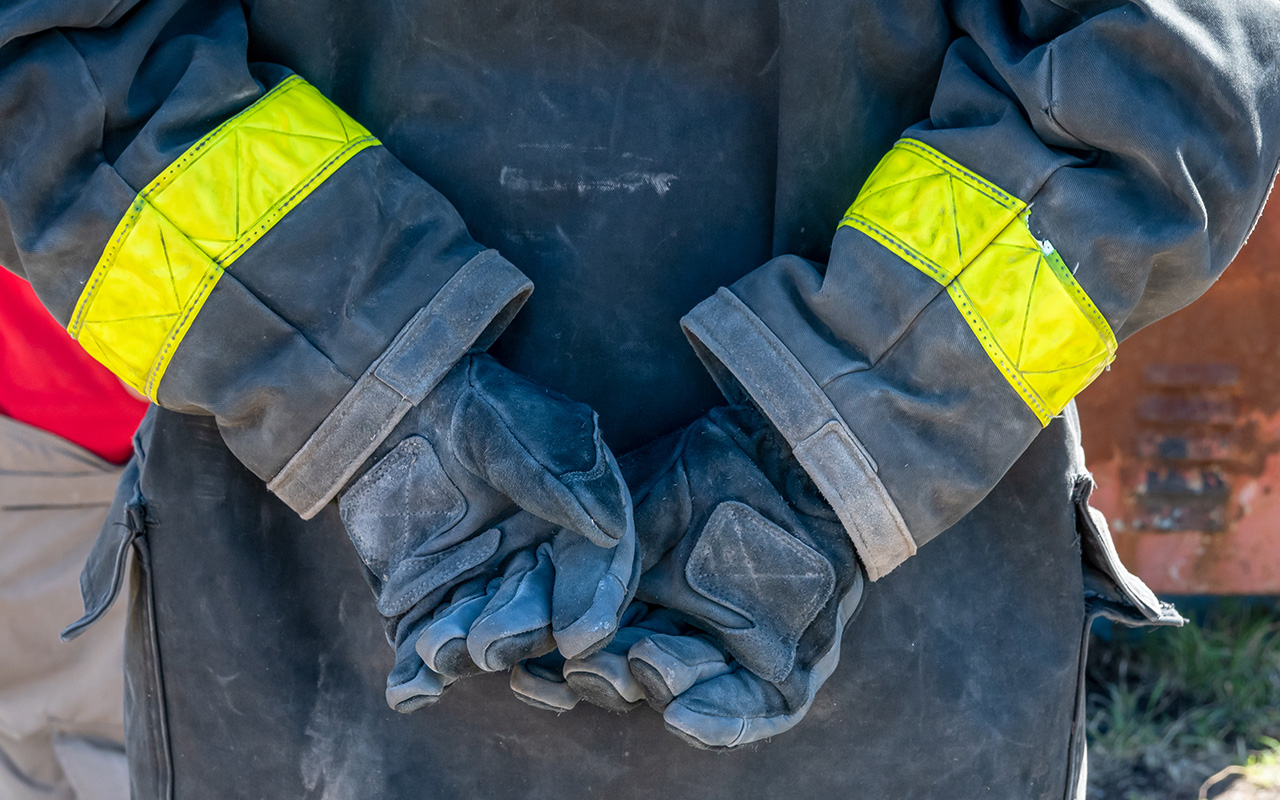What is Flame Resistant Clothing? Is it Really Worth the Price?

Some work environments require more protective gear than others. Those who are exposed to intermittent flames, electricity, or any other thermal elements will likely need flame-resistant or FR clothing. This specialized type of clothing will not catch on fire as easily as a regular work uniform. If it does happen to ignite, they are designed to self-extinguish.
Flame-resistant clothing is a major asset to anyone working in an environment with thermal risks. The damage caused by catching fire is usually exacerbated by flammable clothing continuing to burn against the skin. FR clothing will stop burning as soon as the flame or electrical arc is removed. This will keep the extent of potential burn injuries to a minimum.
What to Look For in Flame-Resistant Clothing
The Occupational Safety and Health Administration (OSHA) maintains specific guidelines for what can be deemed fire-resistant based on worst-case scenarios around thermal exposure. When shopping for FR clothing and wearing it, be sure to follow these guidelines:
- Be sure it provides a functional, comfortable fit for proper range of motion.
- Include articles of FR clothing that will protect the neck, eye, face, head, hands, and feet.
- Fully roll down and secure sleeve cuffs.
- Assure that all undergarments in contact with skin are fire-resistant or made from 100% natural fiber such as cotton, wool, or silk.
- Be sure your outerwear is flame-resistant too. Flammable outerwear will essentially eliminate any protection FR underlayers provide.
- Be sure all your garments, including outerwear, are completely fastened.
- Before a shift, be sure your FR clothing is free of flammable contaminants like oil or grease. These substances can ignite and increase your risk for burn injury.
- Avoid clothing made of rayon, nylon, polyester, or acetate. Sometimes these fabrics can be treated to be flame-resistant but be sure to double-check before wearing it on the job.
Different types of Flame-Resistant Clothing
There are a variety of fields that require clothing that can hold up against thermal conditions. Most workers will have a similar base layer. But otherwise, every industry will feature its own variety of FR clothing specific to the job. For example, some may need high-visibility clothing while others require FR clothing that can double as rainwear. There is a variety of FR clothing for just about any condition, temperature, or comfort level.
Flame-Resistant vs. Flame-Retardant Clothing
There are two types of clothing that you might find while searching for clothing to protect yourself or your employees from thermal conditions: flame-resistant clothing and fire-retardant clothing.
Flame-Resistant clothing is inherently resistant to flames due to the material it’s made out of. The threads and fibers themself naturally self-extinguish when a spark or ember lands on them.
Flame-Retardant functions in a similar manner but the material is not necessarily flame-resistant on its own. This type of clothing is made from materials that are chemically treated to achieve self-extinguishing properties.
Basically, the main distinction between flame-resistant and fire-retardant clothing is what material it’s made out of. Both will protect the wearer against flame-related hazards. Flame-retardant clothing will usually be the more affordable option but it will likely need to be replaced more often.
Primary vs Secondary Protection
There are two levels of protection flame-resistant clothing can provide: primary and secondary. Be sure to double-check which variety you’re purchasing before you complete an order for yourself or your employees.
Primary fire-resistant gear is designed to be used by those frequently exposed to flames, radiant heat, potential molten substance splash, and other thermal conditions. This is the type of gear a firefighter would wear.
Secondary fire-resistant gear is meant to protect its wearer from exposure to intermittent hazards such as radiant heat, molten substance splash, and flames. It is not graded for frequent exposure to hazards but for brief, fleeting danger.
What Industries and Jobs Might Need FR Clothing?
Any individual working in an environment where they could be subject to injury due to fire, heat, or electrical exposure should be wearing FR clothing. OSHA states that this is a requirement for workers in any industry that lends itself to instances of fire hazards. It gives the employee a greater chance of escaping flash fires, electric arcs, or any other dangerous thermal condition.
The following professions are examples of who should wear FR clothing:
- Firefighters
- Electricians
- Utility workers
- Research lab techs
- Oilfield operators
- Mill operators
Is Flame-Resistant Worth the Cost?
Flame-resistant and flame-retardant clothing are worth the cost for anyone who takes their own and their employees’ safety seriously. There’s a reason this type of clothing is so costly – it must undergo a complex process of treatment and testing to assure the fibers are indeed fire-resistant.
It is more than worthwhile to invest in a safe work environment. In fact, it is mandatory for certain industries. Accent Branding makes it easy to comply with requirements for fire and electrical safety. Browse our selection of fire-resistant clothing to find the ideal solution for you and your team today!
Back To Blog